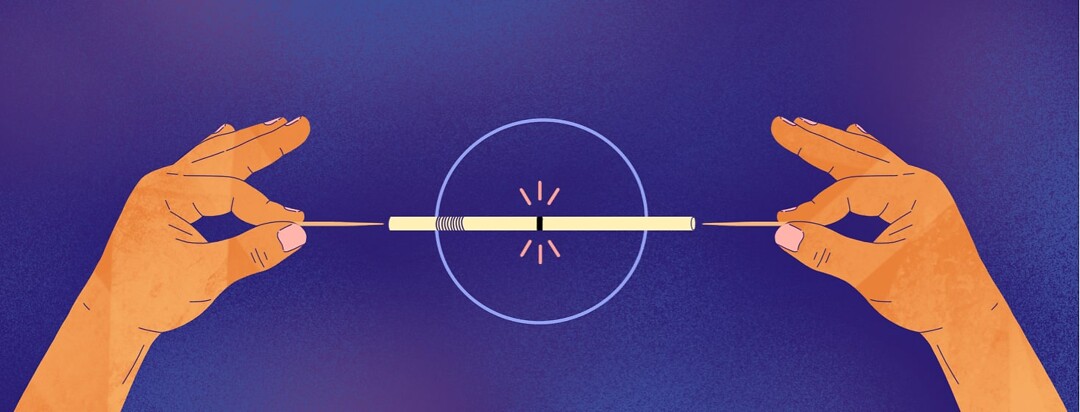Peripheral Vision Exercises
Editor's Note: This article was originally written by Brown Eyed Girl, a MacularDegeneration.net Community Health Leader.
When we first hear that we have macular degeneration, we may worry that we will lose our central vision and be blind. We then find out that this vision loss progresses at a different speed for everyone. While some people may barely progress at all after diagnosis, others will go on to lose a varying degree of their central vision. One thing we can all typically rely on, (if we don’t have other eye conditions as well), is that we will retain our peripheral vision.
Peripheral vision helps with indirect line of sight
Peripheral vision is sometimes called side vision, or indirect vision. It is the part of the vision that allows us to see objects or movement which are out of our direct line of sight. While we focus straight ahead, it is everything we can see to the side without turning our head. Peripheral vision isn’t as detailed or sharp as central vision, but it allows us to recognise what is going on just outside our direct line of sight.
Even athletes, who may have good central vision, know that their peripheral vision is particularly important. During games, they can keep their focus on their immediate opponent, whilst using their peripheral vision to see what other movement is happening on the field outside of their direct gaze. They use expensive machines and special training exercises to improve their peripheral vision.
Exercises we can do to strengthen peripheral vision
We may not be up to running around the field or investing thousands in machines, but there are exercises we can do to train our peripheral vision with no expense and no need to put on the football boots.
Drinking straw and toothpicks
There is another exercise for our peripheral vision that we can do in the privacy of our home which is quite easy to set up. It requires only a drinking straw and a couple of toothpicks. This is how you do it. Draw a thick line with a marker pen around the middle of the straw. When you put the straw down on a table, the line should be vertical and equal distance from both ends.
Get a glass (not too tall) and rest the straw horizontally across the top. It’s best to fix the straw in place with tape or Blu-tak or similar, just so it doesn’t move while you’re doing this exercise.
Put the glass on the table about a foot back from the edge. Sit down and take a toothpick in each hand. Focus your eyes on the black line around the middle of the straw, and keep your focus there. Try to put a toothpick into each end of the straw at the same time without moving your eyes (this is why it’s a good idea to have the straw attached to the glass, or you’ll probably knock it off).
Eyes and brain working together
What you are doing is using your peripheral vision to locate each end of the straw. Your eyes and brain are getting practice in working together to interpret what you see with your peripheral vision. You might have to practise several times before you can get each toothpick in the straw.
If this is too easy for you, you could tape two straws together end-to-end lengthways. This will make you use your further out peripheral vision. If it’s too difficult for you, you could cut the straw in half, bringing the ends closer in towards your central vision.
This exercise might not improve your football or basketball catching skills, but it could help to train your peripheral vision should you need it to cope with central vision loss.

Join the conversation